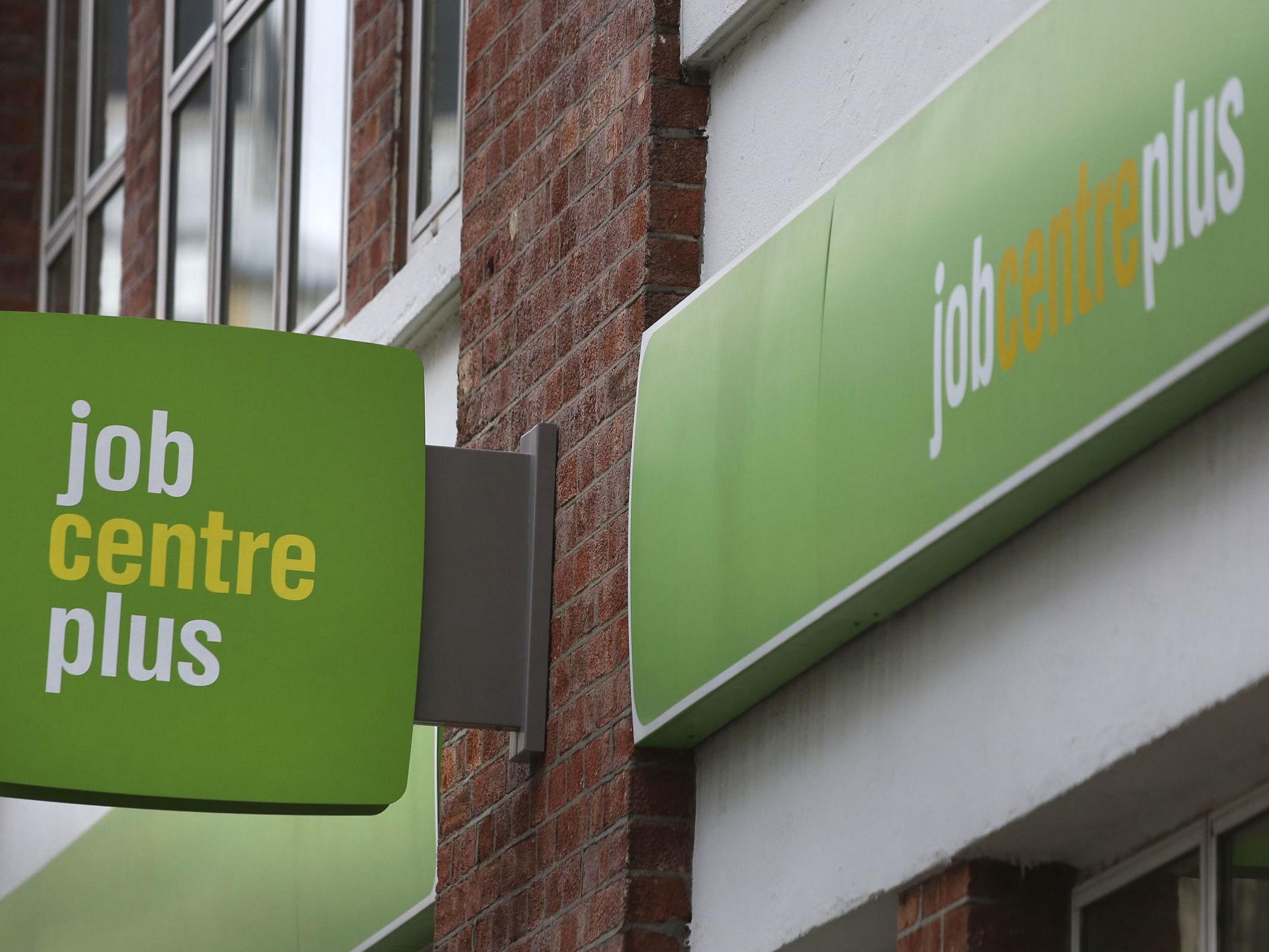Why the Kickstart scheme to cut youth unemployment could end up as a government own goal
The £2bn scheme, which offers fully funded work placements for unemployed young people, requires smaller employers to find an intermediary to apply for them if they want to take part. It has been criticised by business groups as a result, writes James Moore


The government kicked the young people behind its social media outpourings into high gear for the launch of its Kickstart scheme. It opened for business with a veritable Twitter blitz. Multiple ministers, departmental websites, MPs were all enlisted to trumpet the policy. It was followed up by the inevitable round of broadcast interviews.
A lot of political capital was expended, and understandably so. Covid-19 disproportionately hurts the old. The economic impact of the pandemic is falling most heavily on the shoulders of young people whose employment prospects are at their dimmest in decades. Apprenticeships and entry level posts have all but dried up.
Enter Kickstart. “This isn’t just about kickstarting our country’s economy – it is an opportunity to kickstart the careers of thousands of young people,” declared chancellor Rishi Sunak.
Big talk, but maybe deserving of it, given he’s approved £2bn of spending on an uncapped scheme that aims to offer a quarter of a million young people six-month, fully funded work placements of up to 25 hours a week.
Employers have the option of topping up the hours, and the wages themselves and those that have said they’re signing up (such as Tesco) really should, given the low rates of pay offered to young people under the minimum wage (which the government will fund for kickstarters).
Andy Norman, researcher from the Centre for Progressive Policy, pointed out that shutting young people out of the labour market can have long term negative effects. Many of them are now finding themselves in that position. A scheme aimed at addressing the problem is therefore very welcome.
But as ever, there’s some devil in the detail.
Employers like Tesco, with big, well-funded HR departments shouldn’t have much trouble in applying for Kickstart funding. It’s a little more complicated for smaller firms, which collectively employ many more people, because if you’re after less than 30 kickstarters, you can only apply if you go through an intermediary. They could include, maybe, chambers of commerce, local authorities, training organisations. But it’s all a bit vague. The same goes for how they’ll operate.
Here’s the rationale: the government is (rightly) keen that such a large amount of taxpayers cash is only used for new roles and that applicants meet a certain quality standard. But, at the same time, it wants to get things moving quickly.
A large number of small applications that have to be individually assessed could prevent that from happening. The intermediary is therefore supposed to take a first look before kicking them up to the government as a job lot.
It sounds OK in principle. It’s the sort of thing that could prove to be a lot more complicated in practice, so complicated that it might put a lot of employers off, especially if they struggle to find an intermediary. And we’re talking quite big firms here. Companies with 250, even 500 members of staff would struggle to find roles for 30 or more kickstarters.
“The time it will take to hire these 30 employees across several small firms could take months and result in increased costs for small firms at a time when they need our support the most,” said the Federation of Small Businesses.
If the bureaucracy effectively serves to exclude its members, it threatens to turn the Kickstart scheme into an own goal.
It’s happened before. The Apprenticeship Levy of 0.5 per cent of larger firms’ payrolls was supposed to usher in a wave of new ones by allowing levy payers to claim back the money to fund them.
But the number of new starts was below the level they were running at prior to the levy’s introduction, even before the pandemic intervened. Those paying it criticised it as clunky and cumbersome, and while the government did tweak its operation, it rather effectively demonstrates how easily good intentions flounder on the road to bureaucratic hell.
Ministers must be prepared to move quickly if the same fate isn’t to befall this policy.
Join our commenting forum
Join thought-provoking conversations, follow other Independent readers and see their replies
Comments